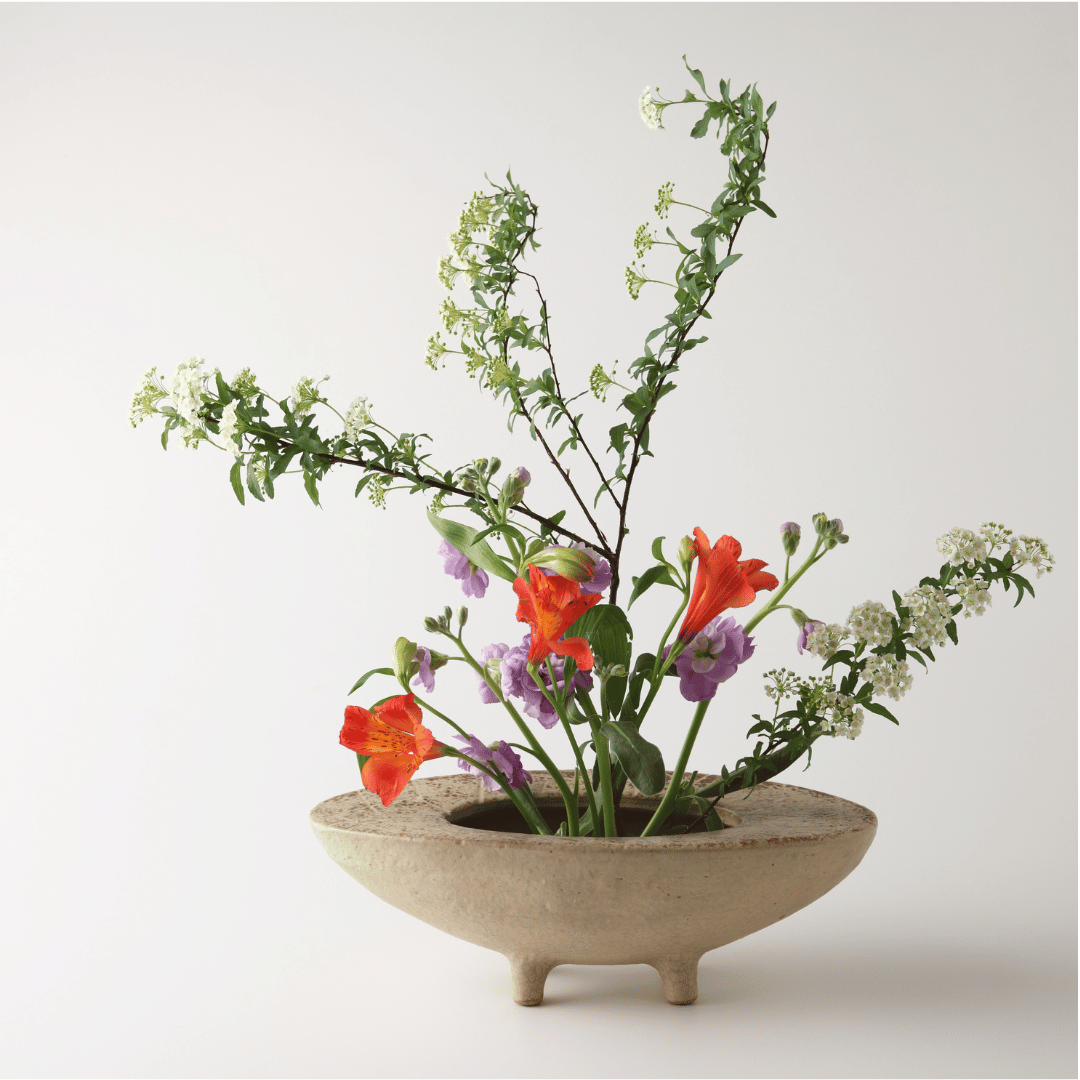
The Art of Ikebana: A Journey Through Japan’s Timeless Floral Tradition
Share
Ikebana, often described as the Japanese art of flower arranging, is much more than simply placing flowers in a vase. Rooted in centuries of tradition, ikebana is a meditative practice that celebrates nature, balance, and simplicity. Unlike typical Western floral arrangements that focus on color and fullness, ikebana emphasizes line, form, and harmony, creating living compositions that evoke emotion and mindfulness.
The history of ikebana stretches back over 600 years to when Buddhist monks introduced flower offerings to temples in Japan during the 6th and 7th centuries. Originally simple and symbolic, these arrangements evolved over time into a highly refined art form. By the 15th century, during the Muromachi period, ikebana—then called tatebana or standing flowers—became an integral part of tea ceremonies and aristocratic culture. The Edo period (17th century) saw the rise of formal ikebana schools, with the Ikenobo school being the most famous and the originator of many traditional styles and principles.
Today, ikebana continues to thrive worldwide, including in the United States, where it has found a passionate following. Several major schools of ikebana are actively practiced in the U.S., each with its own philosophy and style. The Ikenobo School, the oldest and most traditional, emphasizes disciplined techniques and a deep connection to nature. The Sogetsu School, founded in the 20th century, takes a more modern and freeform approach, encouraging creativity and innovation beyond traditional boundaries. Lastly, the Ohara School is known for its focus on natural landscapes and seasonal themes, often using moribana-style arrangements that are more open and expressive. You can find an ikebana chapter near you by visiting ikebanancar.org.
At the heart of ikebana is its philosophy—every element in the arrangement represents more than just beauty. Ikebana practitioners seek harmony not only between the flowers and container but also with the surrounding space and the passing seasons. The practice fosters mindfulness and a profound respect for the impermanence of life. Unlike Western arrangements that fill the vase to overflowing, ikebana values empty space as much as the flowers themselves, symbolizing potential and balance.
A key tool in ikebana is the kenzan or flower frog—a metal base studded with sharp pins used to secure stems precisely in place. This tool allows artists to create dynamic, sculptural forms that reflect nature’s lines and movement.
Ikebana remains relevant today as a source of calm and creative expression, inviting designers and flower enthusiasts alike to slow down and see the natural world through a more intentional lens. In embracing ikebana, we don’t just arrange flowers—we participate in a timeless dialogue with nature, learning to appreciate simplicity, impermanence, and the beauty that arises when art and life intertwine.
